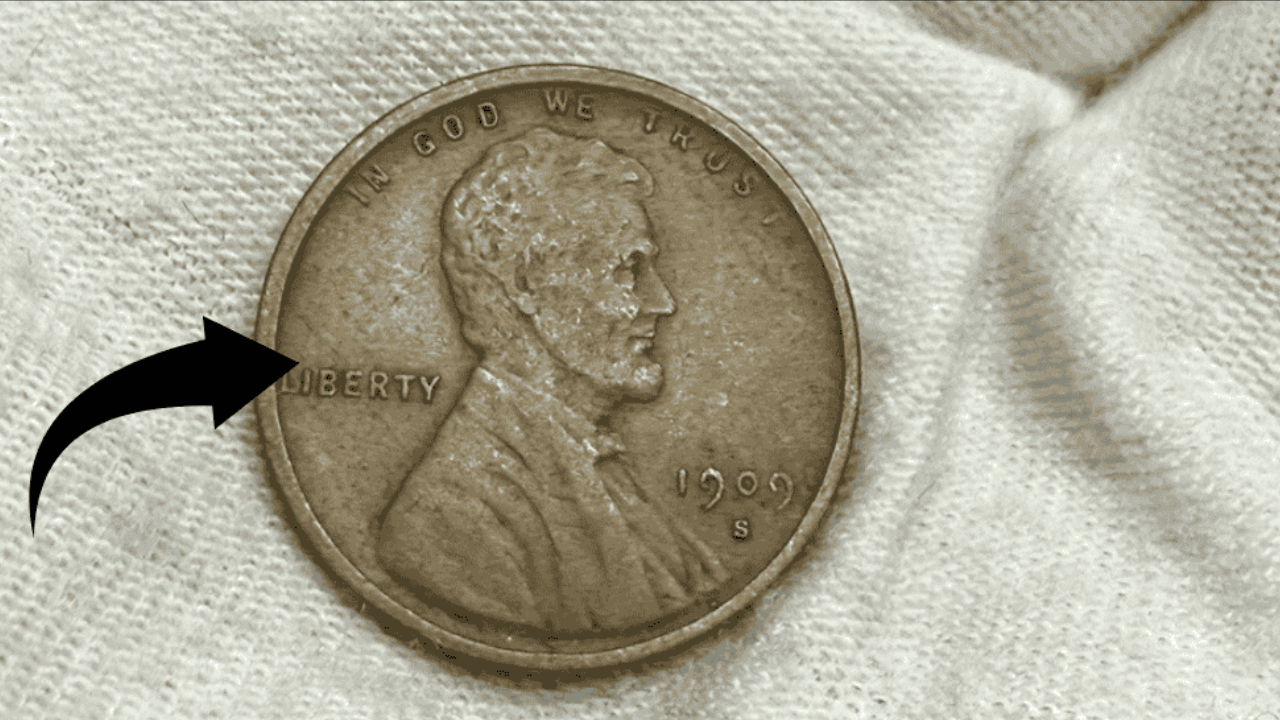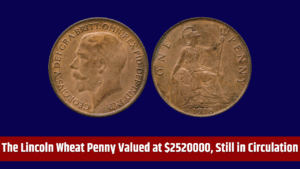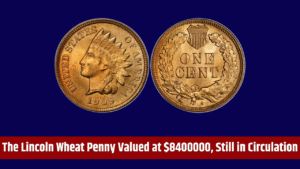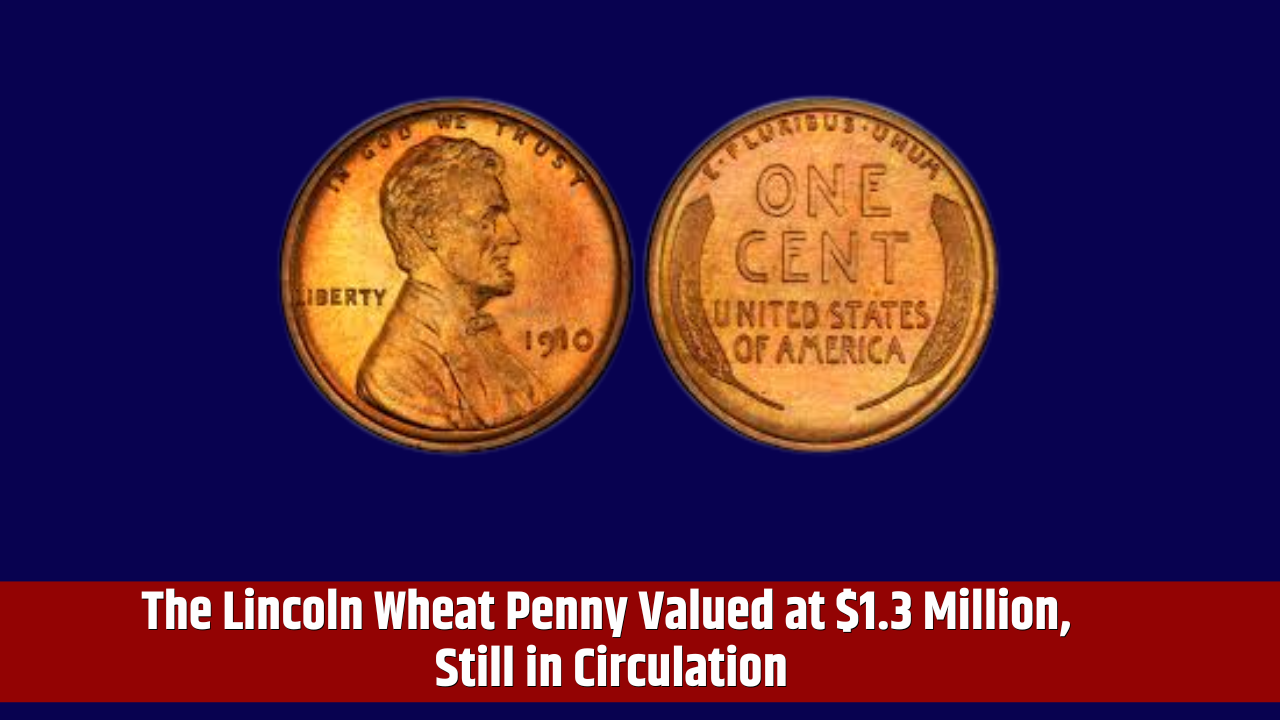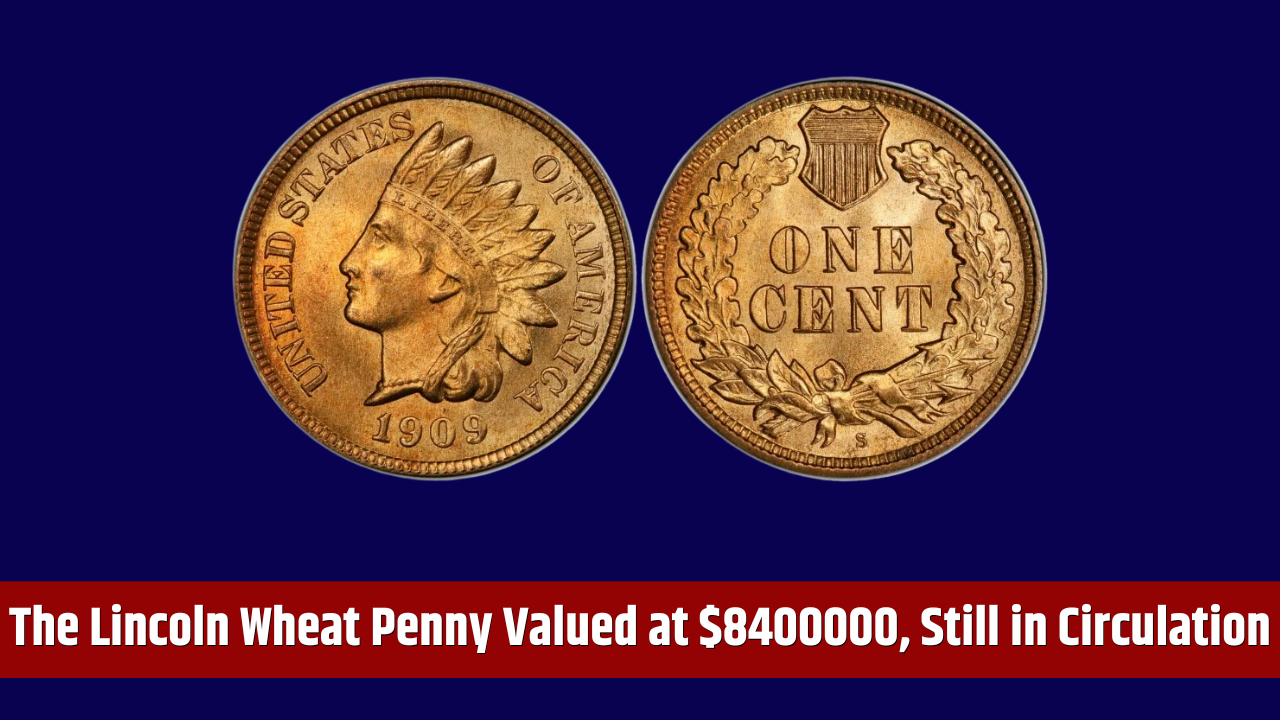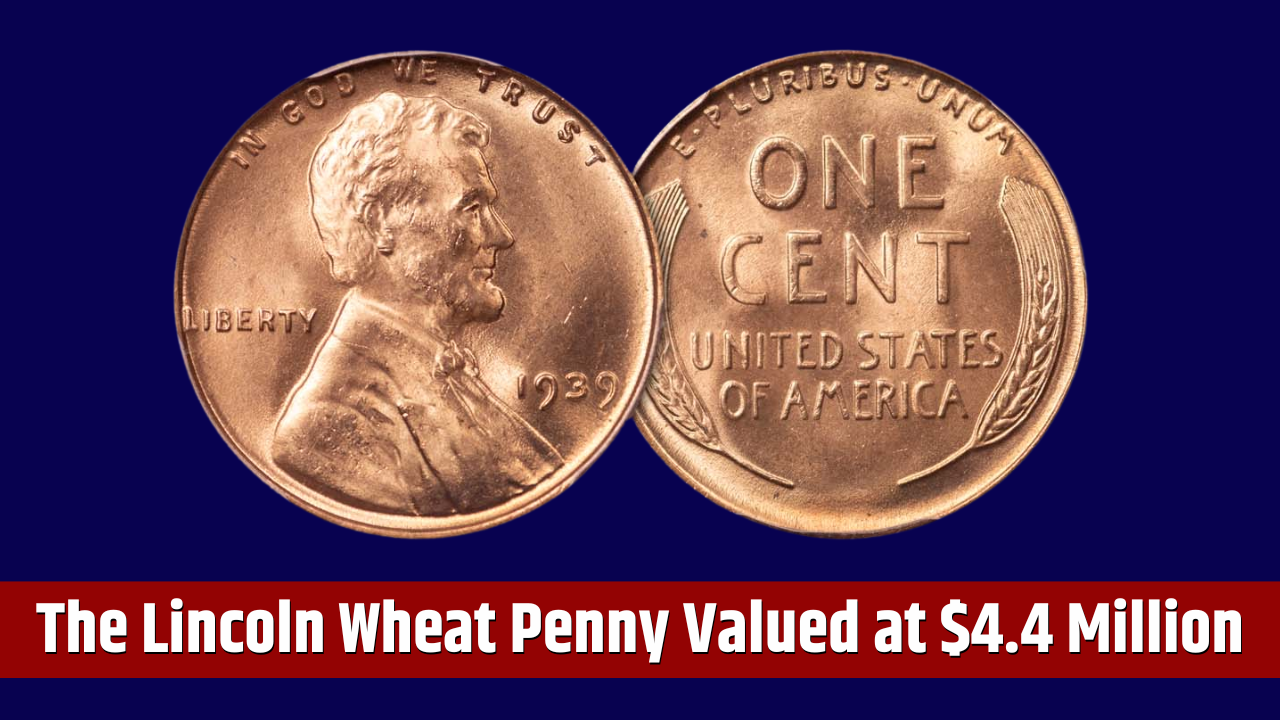Finding a penny in your pocket worth more than a mansion might sound like a fantasy, but for some lucky collectors, it’s a reality. The Lincoln Wheat Penny — particularly a rare 1943 bronze version — has fetched up to $8.4 million at auction. Even more astonishing? Some of these ultra-valuable coins might still be in everyday circulation, hiding in plain sight.
Let’s explore what makes this coin so special, how to spot one, and why it continues to captivate coin collectors and casual hobbyists alike.
What Is the Lincoln Wheat Penny?
First minted in 1909 to commemorate Abraham Lincoln’s 100th birthday, the Lincoln Wheat Penny was a revolutionary coin. It was the first U.S. coin to feature a real person, with Lincoln’s profile on the front and two wheat stalks framing the words “One Cent” on the back — hence the nickname Wheat Penny.
These pennies were produced until 1958, and while most are only worth a cent or two today, some rare varieties have become incredibly valuable.
Why Is the 1943 Bronze Wheat Penny So Valuable?
In 1943, due to World War II, the U.S. Mint replaced copper with zinc-coated steel to conserve materials for the war effort. However, a few bronze blanks left over from 1942 were accidentally struck with the 1943 design.
This error resulted in a few 1943 pennies being minted in bronze instead of steel. Their scarcity and historical significance make them some of the rarest and most valuable coins in American numismatics.
Estimated Value:
| Coin Type | Material | Year | Value (Up to) |
|---|---|---|---|
| Lincoln Wheat Penny | Bronze | 1943 | $8,400,000 |
| Lincoln Wheat Penny | Steel | 1943 | Typically $0.10–$1.50 |
How to Identify a 1943 Bronze Wheat Penny
Think you’ve got one of these rare pennies? Here’s how to check:
- Check the Date: The coin must be dated 1943.
- Look at the Color: A bronze coin has a coppery-brown color, while steel coins are more silver or grey.
- Use a Magnet: Steel coins will stick to a magnet. Bronze coins will not.
- Consult a Professional: If you suspect your coin is the real deal, have it authenticated by a trusted coin dealer or appraiser.
Where Could These Rare Coins Be Found?
The most exciting part? These coins might still be sitting in old jars, passed as change, or stashed in forgotten piggy banks. Because many people aren’t aware of their value, these rare pennies may still be in circulation or hidden in household collections.
Places to search:
- Coin jars or piggy banks
- Vintage wallets and purses
- Inherited coin collections
- Flea markets or garage sales
Other Valuable Wheat Pennies
While the 1943 bronze version is the crown jewel, several other Lincoln Wheat Pennies are worth good money too. Here are a few to watch for:
| Year | Mint Mark | Est. Value (Depending on Condition) |
|---|---|---|
| 1909-S VDB | S (San Francisco) | $600 – $3,000+ |
| 1914-D | D (Denver) | $200 – $1,500+ |
| 1922 (No D) | No Mint Mark | $500 – $2,000+ |
| 1955 Doubled Die | DDO | $1,000 – $2,500+ |
How to Get Your Coin Appraised
If you suspect you have a rare penny, take these steps:
- Avoid Cleaning It – Cleaning can reduce value significantly.
- Use a Coin Magnifier – Look for mint errors or odd markings.
- Visit a Professional Coin Dealer – Bring your coin for a professional evaluation.
- Get It Graded – Organizations like PCGS or NGC offer official grading and authentication.
Coins like the 1943 bronze Lincoln Wheat Penny are reminders that extraordinary treasures can sometimes be found in the most ordinary places. A small, overlooked penny could be worth a fortune — if you know what to look for.
So next time you’re counting your change, take a closer look. You might just be holding a multimillion-dollar piece of history in the palm of your hand.
FAQs
What is the most valuable Lincoln Wheat Penny?
The 1943 bronze Lincoln Wheat Penny is considered the most valuable, with one fetching $8.4 million.
How can I tell if my 1943 penny is bronze or steel?
Check the color (bronze is brownish), and use a magnet (steel sticks, bronze doesn’t).
Where can I get my penny appraised?
Visit a certified coin dealer, or send it to grading services like PCGS or NGC.
Can Wheat Pennies from other years be valuable too?
Yes! Especially early mint years (1909-S VDB, 1914-D) and error coins (1955 doubled die).
Are these rare coins still in circulation?
It’s possible. Some could still be in jars, drawers, or being spent unknowingly.

